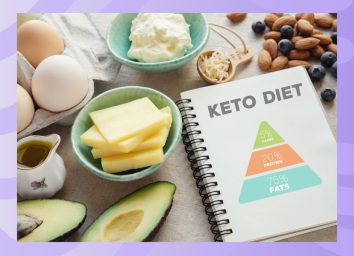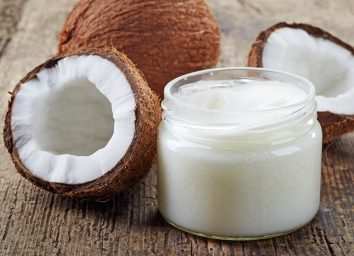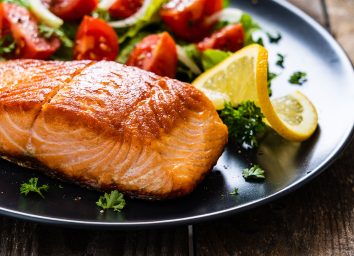14 Types of Cooking Oil and How to Use Them
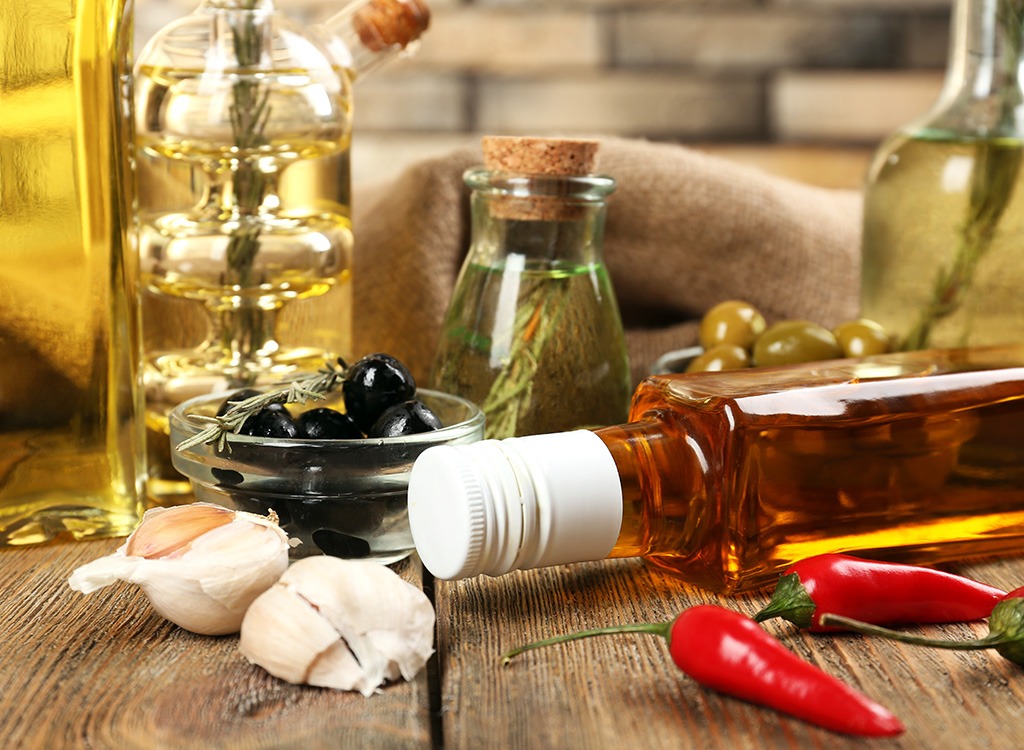
Think you know your way around the kitchen? Don’t spoil your skills with the wrong oil. When it comes to all the different cooking oil varieties, things can get confusing. Not all cooking oils can be used the same way—there are different temperatures, different shelf life, and different nutritional values. Although they all have many similarities, these major differences can lead to a possible culinary fail. To figure out which types of fat you should be using to make your meals, we’ve listed some of the most common oils and just how they should be used!
COCONUT OIL
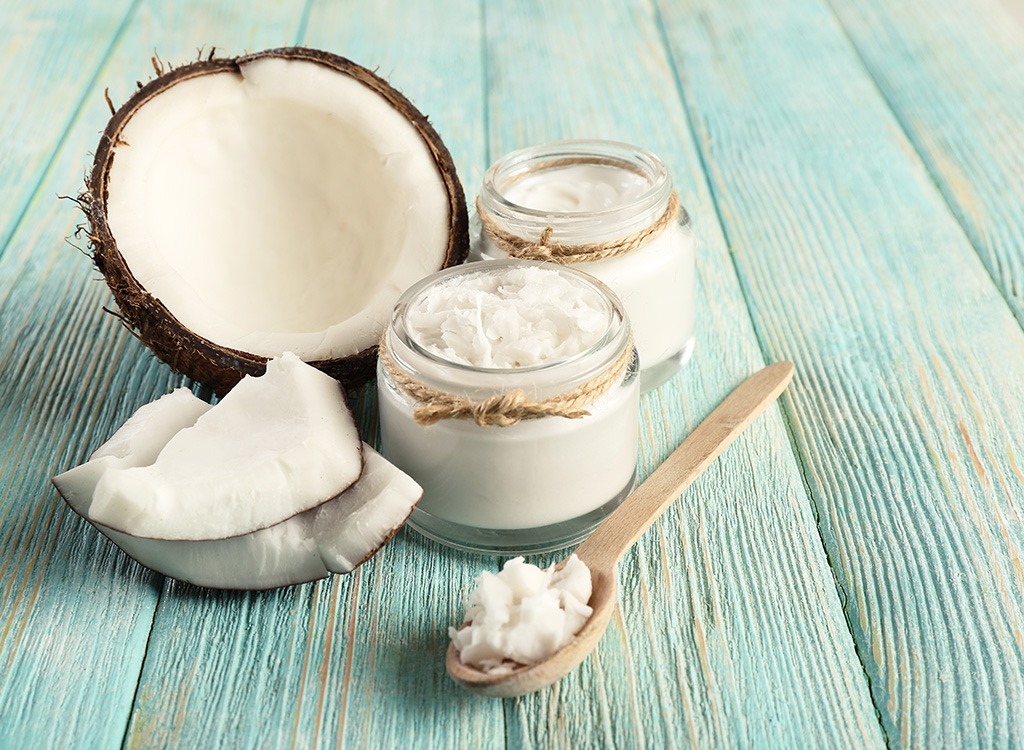
Coconut oil is a hot topic these days and for good reason. There are some pretty amazing benefits of coconut oil that come from using it on your skin, hair, and especially in your food! The fats that come from coconut oil convert more easily to energy than other fat, helping to boost metabolism, curbing appetite, and aiding weight loss.
How to Cook With It: Replace some of those heavy fats you’d typically use with this healthy fat; you’ll get some good health perks some major flavor. With a moderate-heat roasting level, coconut oil is the perfect cooking oil for sauteing and roasting. It adds a great taste to baked good and can even be mixed into your morning brew (aka bulletproof coffee) for an extra boost of energy and taste. You should avoid using it in vinaigrettes and most marinades since coconut oil becomes solid at room temperature.
EXTRA VIRGIN OLIVE OIL
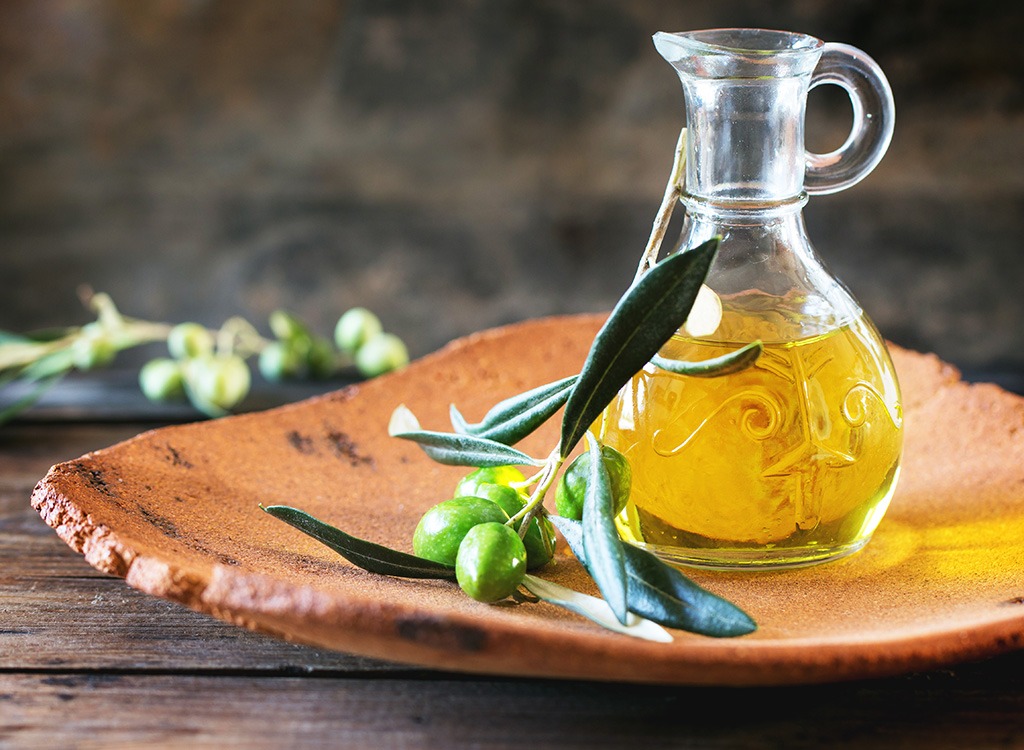
This unrefined oil is a staple of the Mediterranean diet because it’s the highest quality of olive oil, that portrays the true taste of olives. Unlike many other olive oils, this is untouched by chemicals or heat and contains more natural vitamins and minerals.
How to Cook With It: Cooking with extra-virgin olive oil is not a no-go, but it does have a lower smoke point than many other oils and burns at a lower temperature. Since it tends to be a pricier side oil, save the good EVOO for dipping and dressing, and use regular olive oil for cooking and baking.
AVOCADO OIL
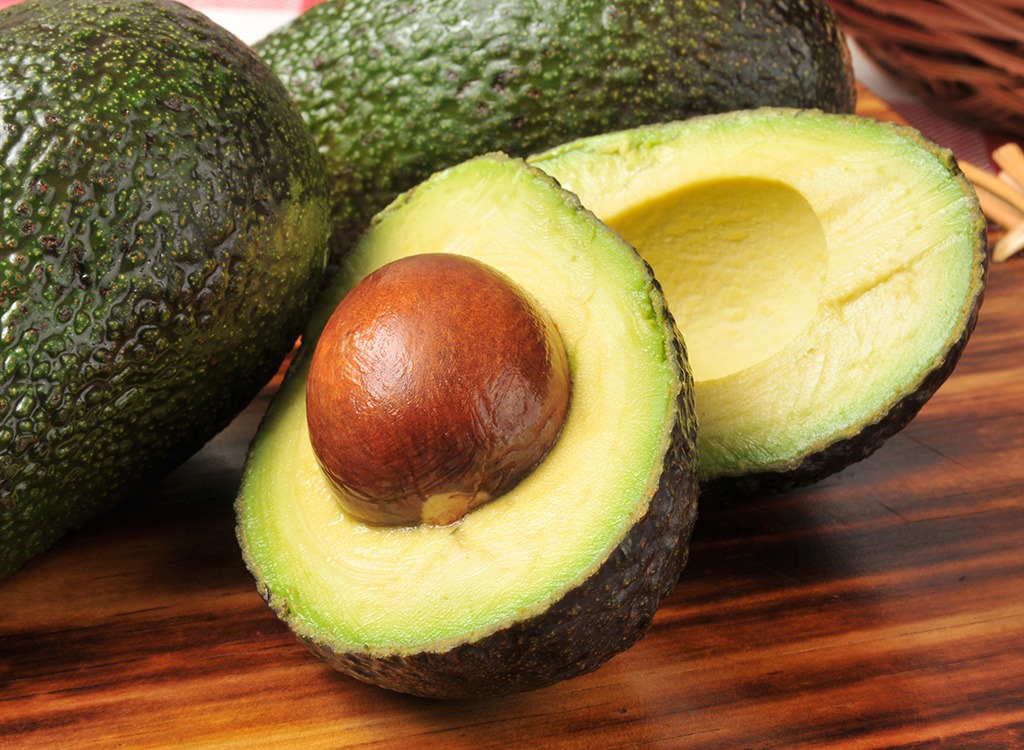
Avocado oil is the Matthew McConaughey of the oils, super versatile and, well, delicious. Unlike a lot of oils that are pressed from a seed, avocado oil is made of the same creamy goodness that makes guacamole. This heart-healthy oil has anti-inflammatory properties that help prevent arterial damage, heart disease, and blood pressure.
How to Cook With It: You can make just about anything with avocado oil because of its high smoke point and delish taste. Make a homemade mayo with 2 egg yolks, 2 tablespoons of lemon juice, 1 cup of avocado oil and salt. This way you can skip the sugar and artificial preservatives that lead to belly fat.
GHEE
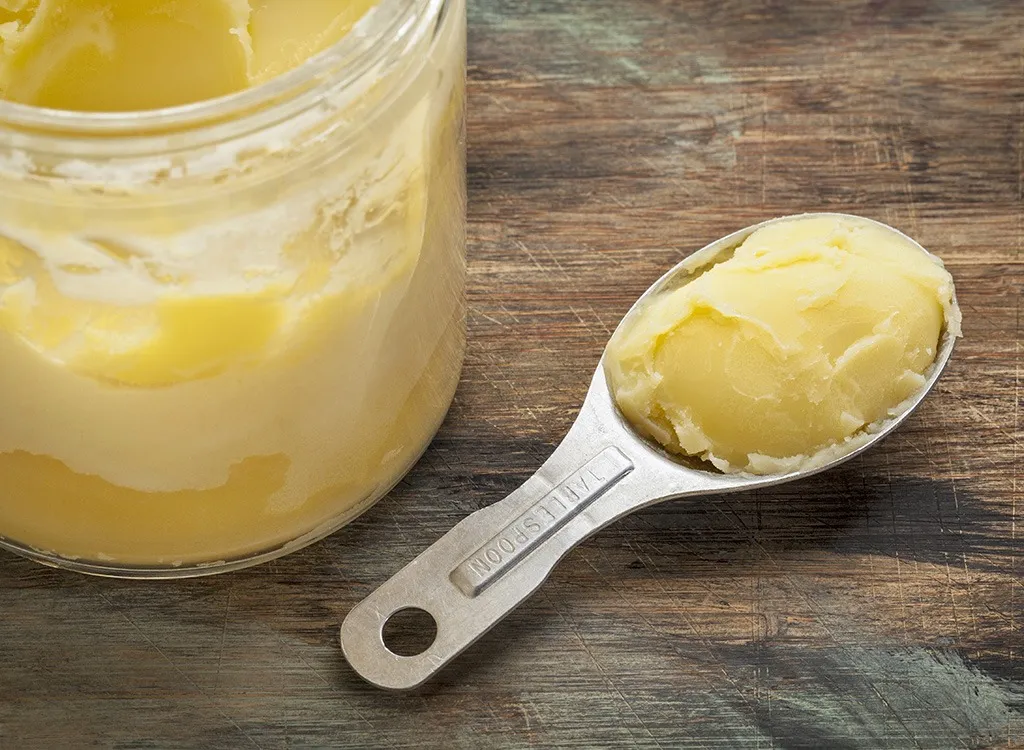
Ghee is a form of clarified butter that has gained recognition more recently with diets cutting out dairy increasingly becoming popular. The milk protein has been removed from butter so people who are dairy-intolerant can (typically) consume it. It’s a great source of fat-soluble vitamins with a more intense nutty flavor than butter. Since it is composed almost entirely of fat, ghee should still be used in moderation.
How to Cook With It: Use ghee similarly to how you would use butter. With a high smoke point, it works great in multiple ways! Another great thing about ghee is that you can leave it at room temperature since there’s no dairy, making it perfectly spreadable for toast. Or try greasing a pan, adding to a pan-fried fish dish or making a chicken rub, it can be used for just about any meal you’re making.
PUMPKIN SEED OIL
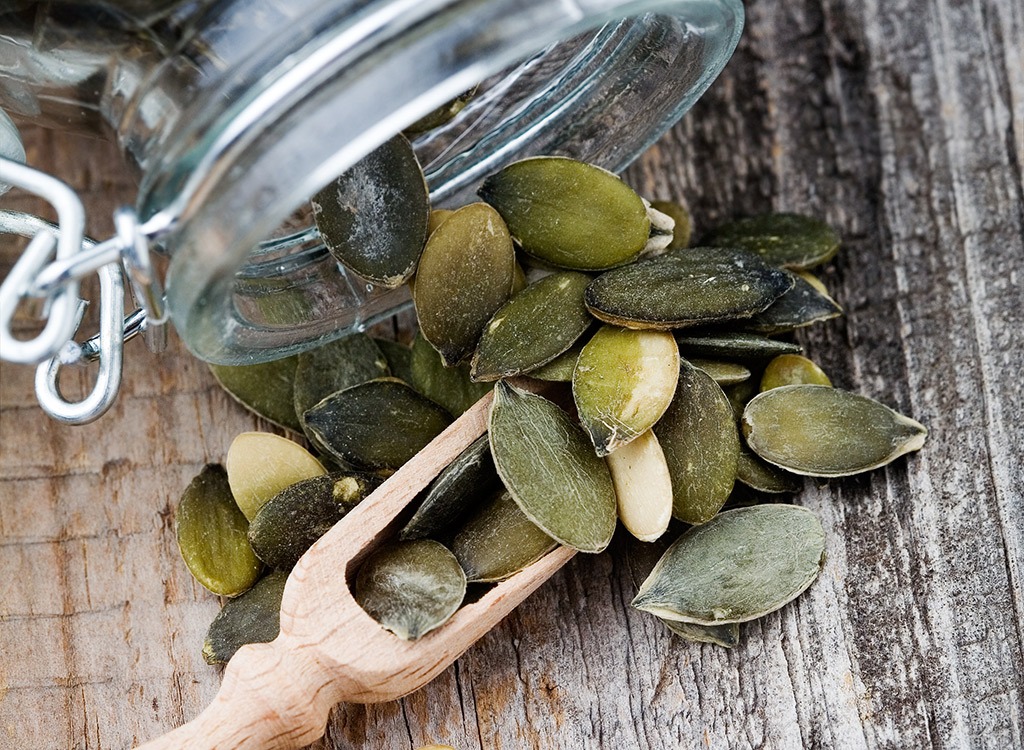
Pumpkin seed oil is a power-packed food rich in vitamin A, K, E, as well as both omega-3 and omega-6 fatty acids. It has a rich green color and nutty flavor that can make the perfect addition to a dish.
How to Cook With It: It’s best to use pumpkin seed oil for light sautéing or low-heat baking since it may lose some nutritional value when heated. It makes for a delicious salad dressing, dip or marinade base, and even pairs well with ice cream.
WALNUT OIL
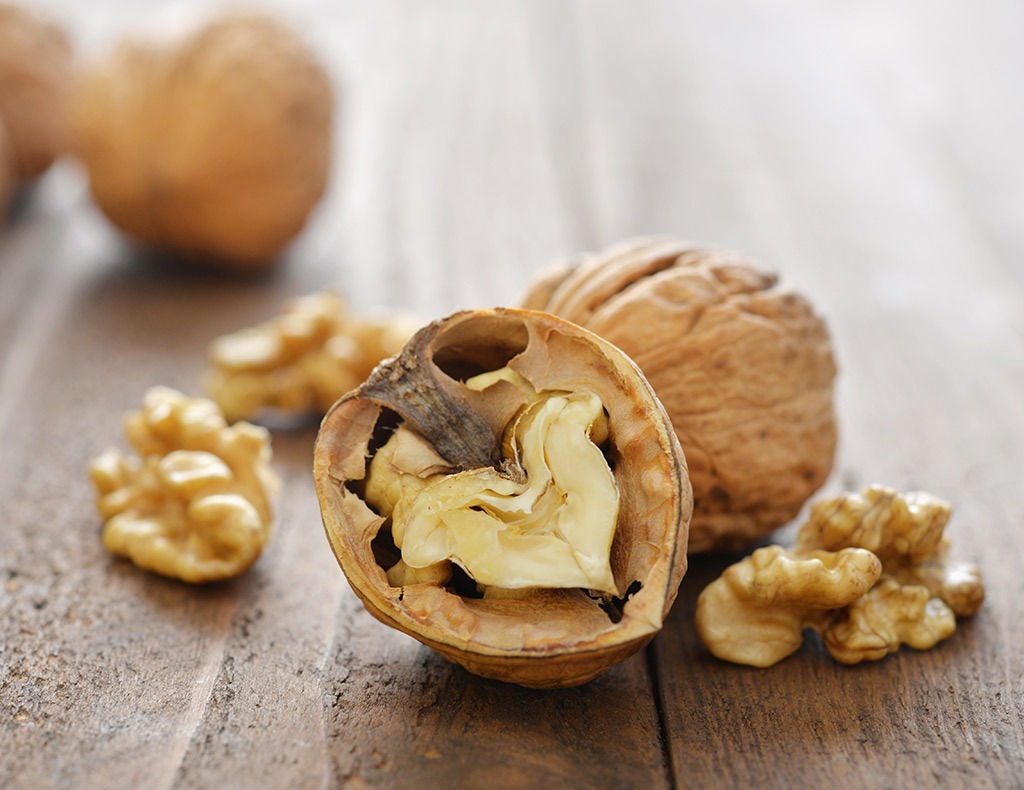
Walnuts are chock-full of nutritional benefits. (Watch our video on the benefits of walnuts!) They’re loaded with omega-3 fatty acids and hold a significant source of iron, zinc, calcium and magnesium. The flavor of this oil is rich and nutty. Diets rich in walnuts and walnut oil have been shown to help the body respond better to stress and keep diastolic blood pressure levels down.
How to Cook With It: Walnut oil is best used uncooked and shouldn’t be used at high temperatures because it becomes slightly bitter once cooked. But it makes a delicious addition to salad dressings and pastas, as well as an awesome homemade chocolate hazelnut spread. Combine 1 cup of roasted hazelnuts with 2 tablespoons of cocoa powder, 1 tablespoon of maple syrup and 1 tablespoon of walnut oil in a high-speed blender, and mix until creamy.
GRAPESEED OIL
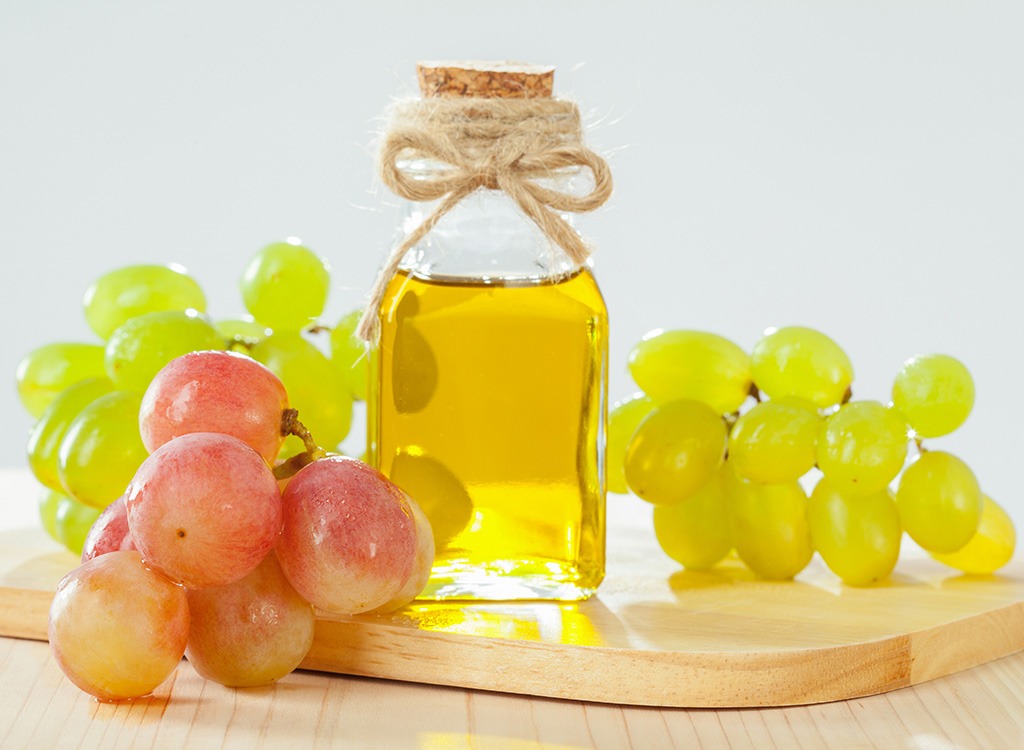
You may have seen grapeseed oil in hair and skin products, but its medicinal properties are just as useful in cooking. It has a simple, nonexistent taste that doesn’t overpower other ingredients and is generally less expensive than EVOO. Make sure when buying grapeseed oil for culinary application that it’s clearly labeled food grade. (You don’t want to accidentally eat a hair mask full of chemicals!) This is a great source of essential fatty acids and vitamin C. But make sure to consume in moderation because it also contains a high amount of omega-6s that can increase inflammation and cause weight gain.
How to Cook With It: Grapeseed oil has a very high smoking point that can be utilized with any type of cooking— sauteing, frying, roasting, searing and can be a great addition to a marinade or vinaigrette. Caramelize onions and mushrooms in grapeseed oil to get a sweet side dish.
PEANUT OIL

Peanut oil has a bold nutty-sweet taste that is high in calories but low in saturated fats. It’s made up of mostly monounsaturated fatty acid content that actually helps lower bad cholesterol and up the good cholesterol. Don’t go too heavy on this cooking oil, though; it’s high in omega-6’s and can mess up the omega 3:6 ratio, causing health problems. Stick with the unrefined, cold-pressed versions as opposed to the commercial peanut oils you typically find in grocery stores and fast food joints that are refined, bleached and deodorized. The price might be higher, but your health with thank you later.
How to Cook With It: Commonly used in Asian dishes, this peanut oil can be cooked in a variety of different ways. While its high-smoke point is best for frying, we suggest to make a chicken stir-fry, or lightly sauteed some of your favorite veggies instead.
SESAME OIL
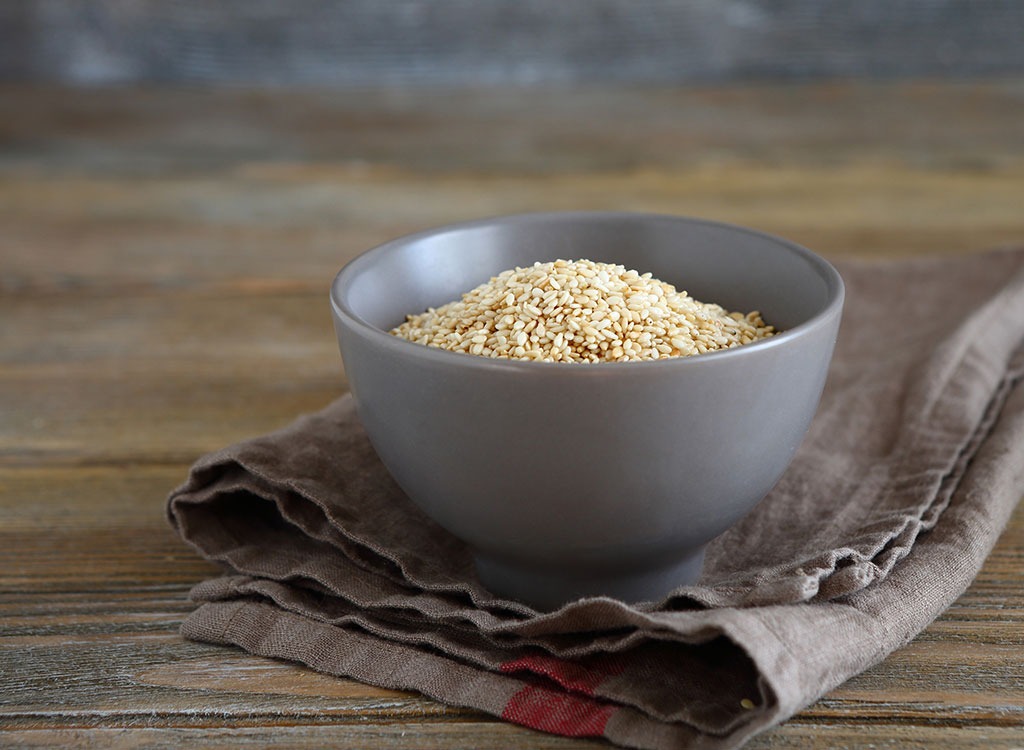
Sesame oil is loaded with antioxidants that slow down cell growth and replication. It’s also known to lower blood pressure, blood sugar and improve skin. The taste of sesame oil is very distinct and will add a nutty flavor to any dish. It also provides 17 percent of the recommended daily value of vitamin K which provides bone support and prevents blood clotting.
How to Cook With It: Conventional sesame oil has a high smoke point of 410 degrees, making it suitable for most cooking purposes. Cold-pressed sesame oil tastes great in vinaigrettes, dressings, and marinades while toasted sesame oil brings some bold flavor to dishes like stir-fries and Asian dips.
HEMP SEED OIL
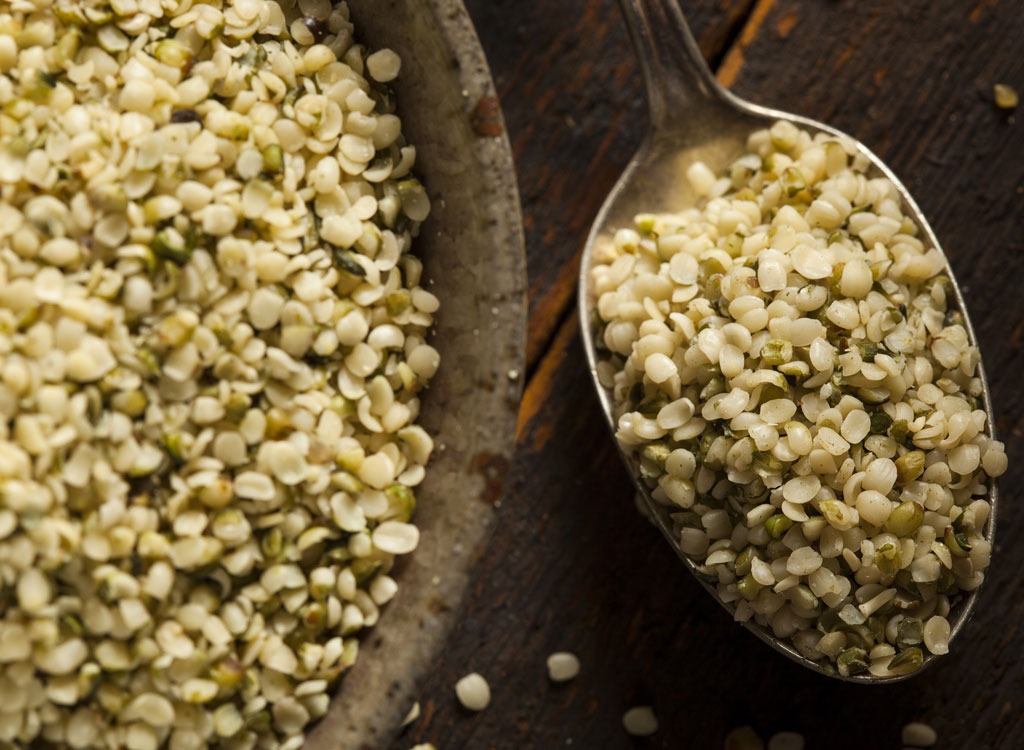
Also known as hemp oil, has properties that help reduce cholesterol, heal skin and control metabolism. You can find this oil in tons of natural body care products but it’s also used in food. The flavor is subtle and adds a great element to many recipes.
How to Cook With It: Don’t. Hemp seed oil loses all its nutrients and no longer has its flavor once it reaches a high temperature and is best used as a finishing oil. Instead, add it to your hummus, weight loss smoothies, and sandwich spreads to reap max benefits!
FLAXSEED OIL
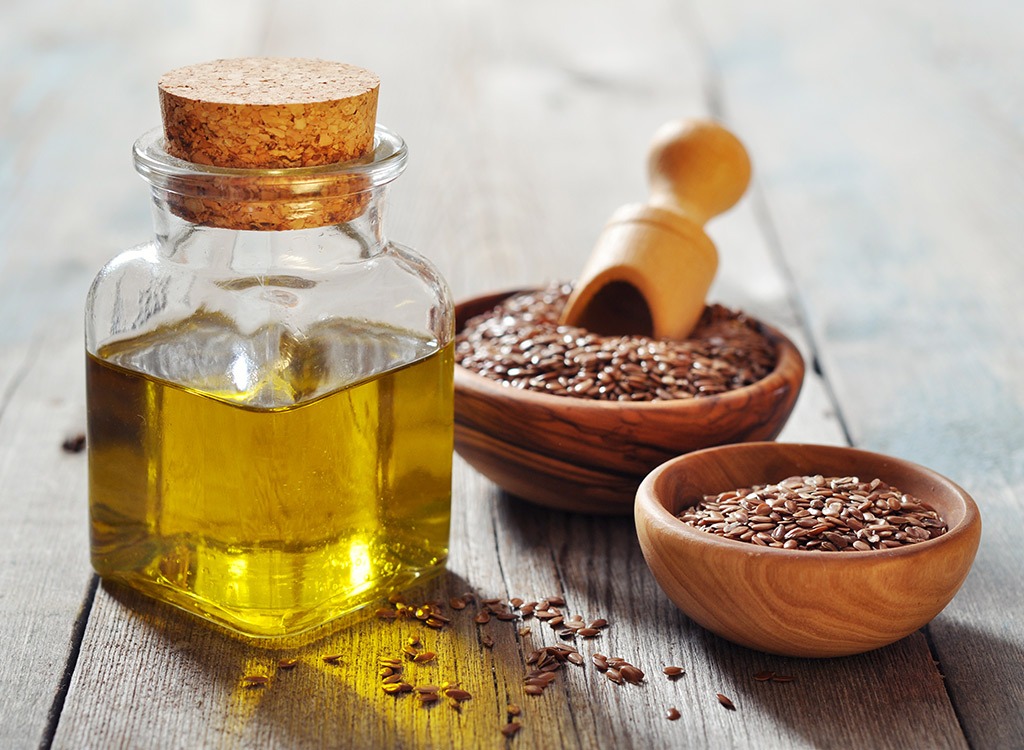
While the benefits of flaxseed are through the roof, the taste is not our favorite. But studies have shown that ingesting flaxseed oil daily has a positive effect on your digestive system and can be a natural way to treat constipation. It has also been linked to helping reduce high cholesterol and heart disease.
How to Cook With It: Avoid heat and be frugal with this cooking oil as it tends to have a funky smell and flavor if too much is added. Use it lightly in dressing, as a finish, or in a smoothie.
SUNFLOWER SEED OIL

Sunflower seed oil is charged with some pretty impressive health effects. It’s shown to improve heart health, help fight cancer, lower bad cholesterol and boost energy.
How to Cook With It: This cooking oil has a high smoke point and is great for searing chicken, fish, or tofu.
CANOLA OIL
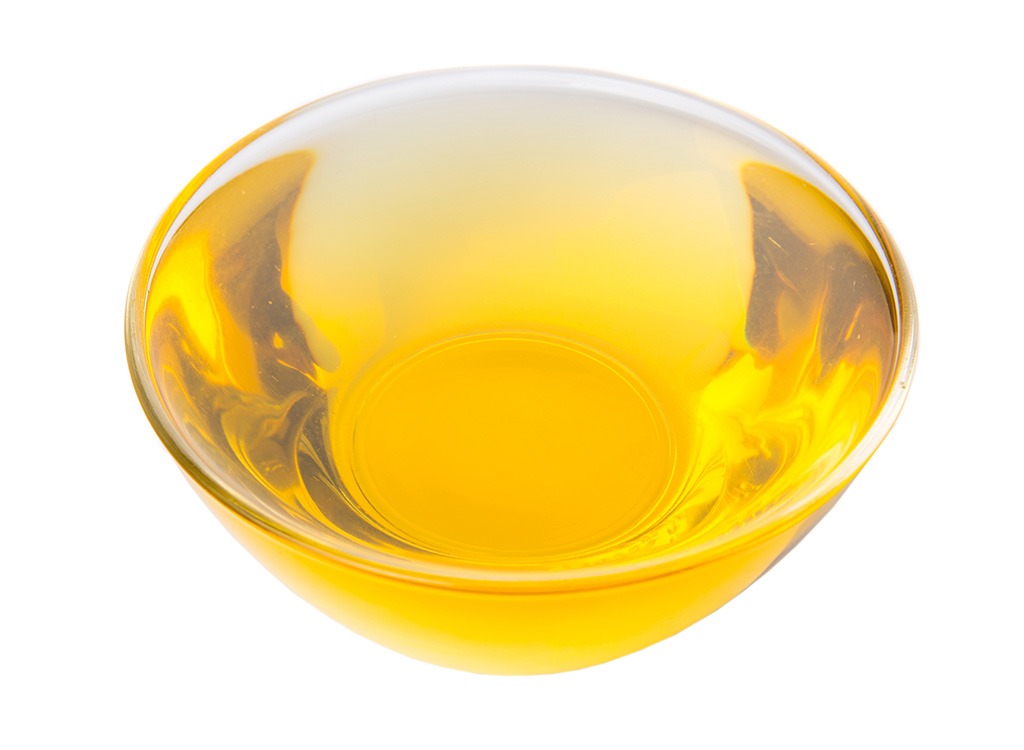
Canola has a near-even ratio of omega-6 to omega-3 fats. This dietary ratio has shown to help battle cancer, arthritis, and asthma. It’s also gleaming with alpha-linolenic acid (ALA), an essential omega-3 fatty acid that may play a role in weight maintenance.
How to Cook With It: This is the good option for everyday cooking, from eggs to chicken. Canola oil can endure relatively high levels of heat and has a neutral flavor that won’t overpower a dish.
VEGETABLE OIL

You might see the word vegetable and automatically think it’s good for you, but don’t let the name fool you. Many brands of vegetable oils are highly processed and are simply refined extractions of various seeds. The questionable ingredients typically cause an imbalance in the recommended ratio between omega-3s and omega-6s that can lead to cancers and many other health-related issues.
How to Cook With It: Skip it. There are plenty of flavorful, good-for-you oils on this list that won’t induce harmful effects on your body.
In Summary
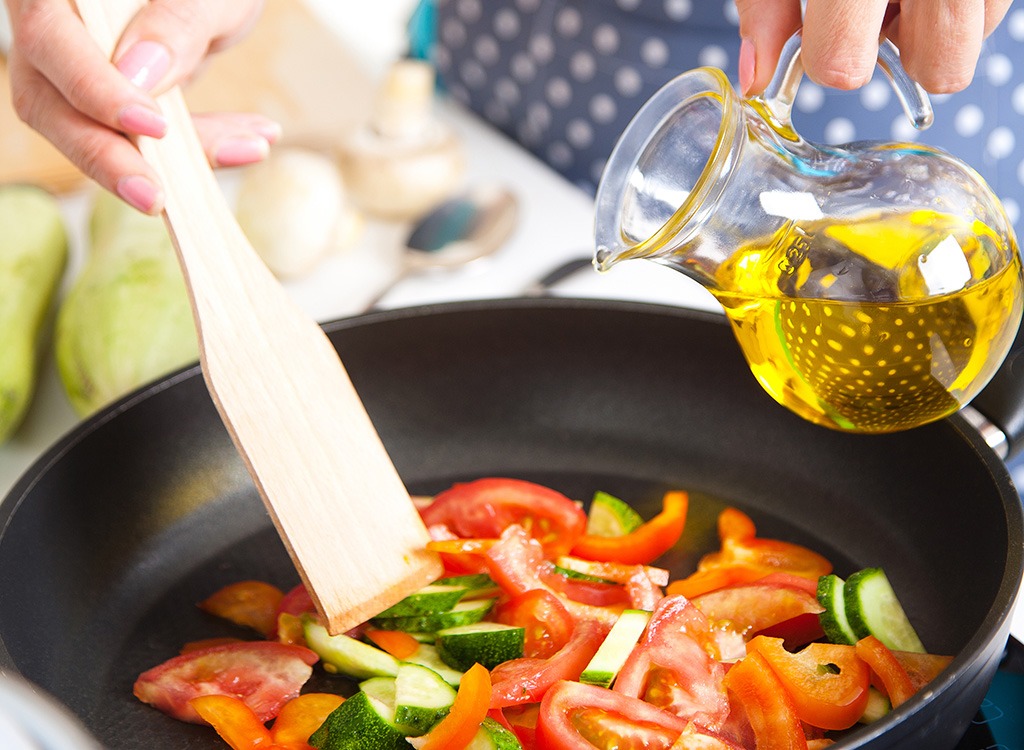
Never use it: Vegetable oil
With heat, as high as you need: Canola oil, sunflower oil, sesame oil, peanut oil, grapeseed oil, ghee, avocado oil
Moderate heat: Coconut oil
Low heat: pumpkin seed oil, EVOO
Without heat: Flaxseed oil, hemp oil
With or without heat: Sesame oil, pumpkin seed oil, avocado oil, EVOO
